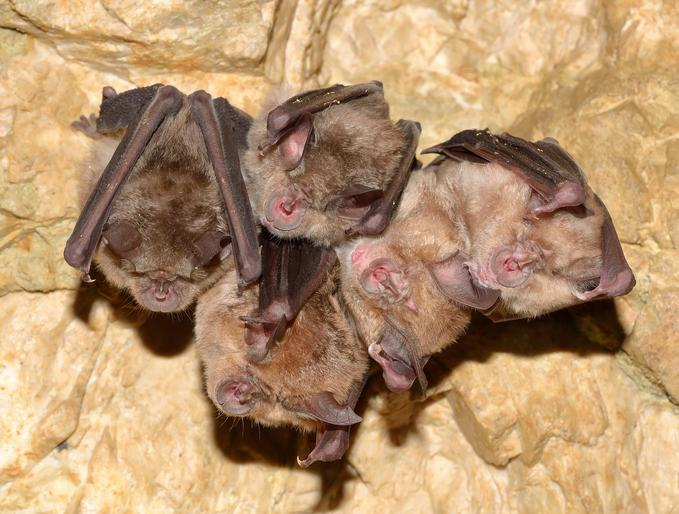
A roadmap written by international scientists describes how conserving natural areas and supporting biodiversity can prevent pathogens with pandemic potential from spilling over from animals to other species and people.
The plan, published in Nature Communications, uses case studies on Hendra virus spillover from bats to horses and people to detail the link between environmental/climate change and zoonotic spillover, the ecologic interventions that can disrupt spillover mechanisms, and policies for their implementation.
"To effectively prevent pandemics, we must recognize two key points: first that pandemics almost always start with a microbe infecting a wild animal in a natural environment and second that human-caused land-use change often triggers the events–whether through wildlife trade or other distal activities–that facilitate spillover of microbes from wild animals to humans," the authors wrote.
Displaced bats shed more virus
The case studies demonstrate that when bats lose their natural habitats and winter food sources, they break into small groups and migrate to agricultural and urban areas. The unstable food supply stresses the bats, who then shed more Hendra virus in their urine onto the ground, infecting grazing horses that then infect people with the respiratory and neurologic disease.













